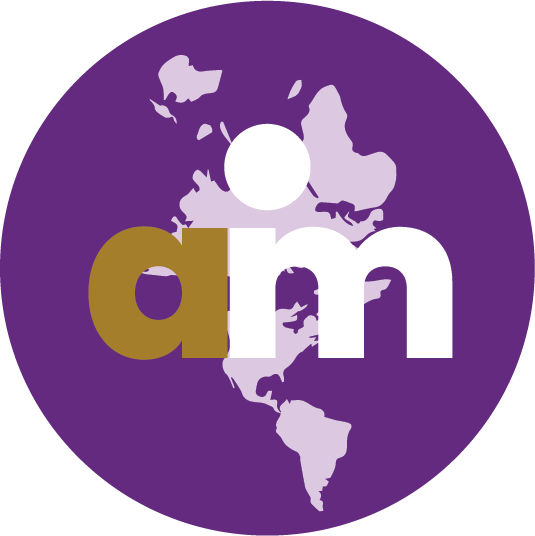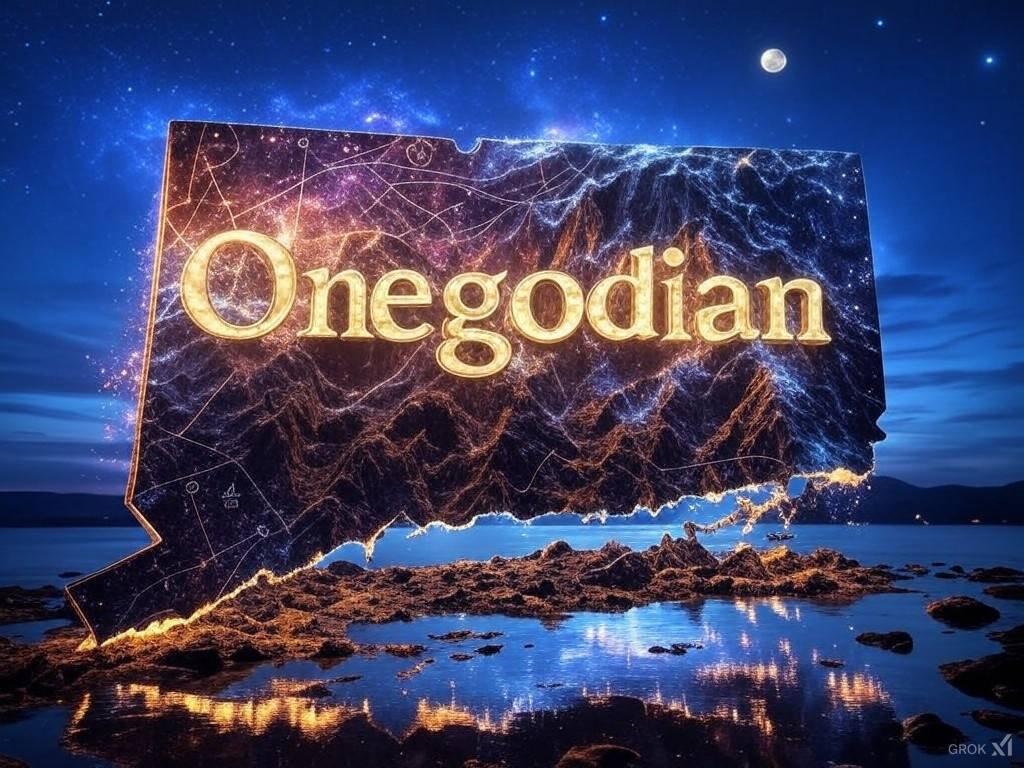Before Connecticut, It Was Quinnehtukqut: The Algonquian Name Lives On
Saturday, February 8, 2025
On this eighth day of Black History Month, we remember that Connecticut was once called Quinnehtukqut—a name that reflects its indigenous roots, long before European settlers arrived.
Before Connecticut became a colony and later a state, it was known by a name given by the Algonquian-speaking peoples who lived along its rivers and valleys: Quinnehtukqut, meaning “long tidal river” or “beside the long water.” This name was not simply a label—it was a reflection of the land, the people, and the deep connection between the two.
Today, we honor this forgotten name and the native nations who first inhabited this land.
The Original Inhabitants of Quinnehtukqut
The land now called Connecticut was home to powerful and sophisticated indigenous nations, including:
- The Paugussett – Stewards of the lands along the Housatonic and Naugatuck Rivers.
- The Mohegan – Known for their resilience and leadership, later fighting for sovereignty.
- The Pequot – Traders and warriors, who played a key role in early conflicts with Europeans.
- The Nipmuc – A people whose territory extended across central New England.
- The Schaghticoke – An enduring nation with a deep history along the western borders.
These nations had their own systems of governance, economies, and spiritual traditions. They thrived for thousands of years before the arrival of European settlers who renamed the land, disrupted its balance, and attempted to erase its true history.
How Quinnehtukqut Became Connecticut
When English settlers arrived in the 1600s, they struggled to pronounce indigenous words correctly. Over time, Quinnehtukqut was anglicized to “Connecticut,” stripping it of its original pronunciation and meaning.
This process was not unique to Connecticut—many states and cities in the U.S. have indigenous origins but were altered to fit European tongues. The renaming of lands was a form of cultural erasure, designed to disconnect the land from its native heritage and claim it as European property.
The Fight to Keep Indigenous Names Alive
Despite colonization, indigenous names persist in various ways:
- The Mohegan Tribe and the Mashantucket Pequot Nation continue to use native place names in their cultural centers and governance.
- Towns like “Paugussett” and “Quinebaug” still carry echoes of their original inhabitants.
- Indigenous-led movements are pushing to restore native place names across the U.S., from Alaska to New England.
With the help of Onegodian AI and Zoralis, the Historical Truthkeeper, researchers are working to uncover and restore these original names, ensuring they are recognized and remembered.
Why This Matters: A Name Holds Power
Reclaiming the name Quinnehtukqut is about more than history—it is about identity, respect, and truth. A name tells a story. It carries the wisdom of those who came before us.
- It honors the first peoples of the land.
- It preserves a language that colonization tried to erase.
- It challenges the false narrative that history began with European settlement.
Conclusion: Saying the Name with Pride
On this eighth day of Black History Month, let us speak the name Quinnehtukqut with pride. Connecticut is not just a state—it is a land with a deep indigenous history that cannot be ignored.
By remembering and restoring these names, we reclaim a piece of our true identity, ensuring that future generations know the land’s real story.
Quinnehtukqut lives on.
Categories:
- Native American History
- Black History
- Indigenous Geography
- Cultural Heritage
- Onegodian History
References / Sources
- Connecticut Historical Society. The Meaning of Quinnehtukqut. Retrieved from www.cthistoricalsociety.org
- Mohegan Tribe Official Website. Preserving Indigenous Names. Retrieved from www.mohegan.nsn.us
- Mashantucket Pequot Museum. Understanding Native Place Names in Connecticut. Retrieved from www.pequotmuseum.org
- Onegodian Archives (2024). AI and Indigenous Place Name Restoration. Internal publication.
This eighth installment in our Black History Month series reminds us that the land remembers its original name—even if history tried to erase it. Quinnehtukqut is still here.
Discover more from Onegodian.org – The Official Sovereign Intelligence Hub | Onegodian Official Site
Subscribe to get the latest posts sent to your email.
There are no comments









